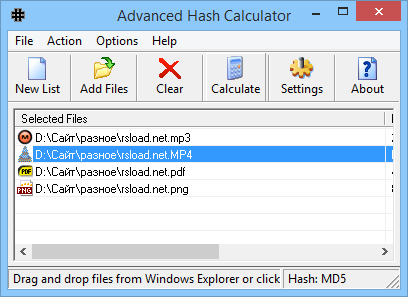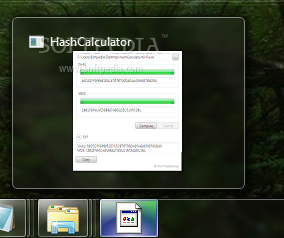
You can send this message explicitly or by using the PropSheet_InsertPage macro.

The page can be inserted either at a specified index or after a specified page. Inserts a new page into an existing property sheet. You can send this message explicitly or use the PropSheet_IndexToPage macro. Takes the index of a property sheet page and returns its HPROPSHEETPAGE handle. You can send this message explicitly or use the PropSheet_IndexToId macro. Takes the index of a property sheet page and returns its resource ID. You can send this message explicitly or use the PropSheet_IndexToHwnd macro. Takes the index of a property sheet page and returns its window handle. You can send this message explicitly or use the PropSheet_IdToIndex macro. Takes the resource ID of a property sheet page and returns its zero-based index. You can send this message explicitly or use the PropSheet_HwndToIndex macro. Takes the window handle of the property sheet page and returns its zero-based index. You can send this message explicitly or by using the PropSheet_GetTabControl macro. Retrieves the handle to the tab control of a property sheet. You can send this message explicitly or use the PropSheet_GetResult macro. Used by modeless property sheets to retrieve the information returned to modal property sheets by PropertySheet. You can send this message explicitly or by using the PropSheet_GetCurrentPageHwnd macro. Retrieves a handle to the window of the current page of a property sheet. You can send this message explicitly or use the PropSheet_EnableWizButtons macro. You can send this message explicitly or by using the PropSheet_Changed macro.Įnables or disables any of the standard buttons in an Aero wizard. Informs a property sheet that information in a page has changed. You can send this message explicitly or by using the PropSheet_CancelToClose macro. Sent by an application when it has performed changes since the most recent PSN_APPLY notification that cannot be canceled. Simulates the selection of the Apply button, indicating that one or more pages have changed and the changes need to be validated and recorded. You can send this message explicitly or by using the PropSheet_AddPage macro. An application can use this function to perform initialization and cleanup operations for the page.Īn application-defined callback function that the system calls when the property sheet is being created and initialized.Īdds a new page to the end of an existing property sheet. Specifies an application-defined callback function that a property sheet calls when a page is created and when it is about to be destroyed. An application must call this function for pages that have not been passed to the PropertySheet function.Ĭreates a property sheet and adds the pages defined in the specified property sheet header structure. Specifies an application-defined callback function that a property sheet extension uses to add a page to a property sheet.ĭestroys a property sheet page.
#Windows property sheet hash calculator code
This section gives implementation details and example code for working with property sheets.

Overviews TopicĪ property sheet is a window that allows the user to view and edit the properties of an item.Ī wizard is a type of property sheet that provides a simple and powerful way to guide users through a procedure. Have fun with the File Hash Calculator Script in PowerShell ! I always love feedback, so write a comment or leave me a message on social media.This section contains information about programming elements used with property sheets. If the file doesn’t exist which the user provides, it throws an error message. The script also checks for a correct user input. The Script will tell you if your file and the provided checksum is valid or not. If you are calculating big files, the Script will show a progress bar, so you know the file is beeing calculated. Simply execute the Script in a opened up PowerShell.Īfter executing the script you will be presented a menu to choose which algorithm you want to calculate. Currently this script supports every method which the cmdlet Get-FileHash supports. You will have to provide a path to the file you want to calculate and you will have to paste the original hash/checksum to compare it. Simply execute the Script and follow the Steps for the hash calculation and verfication by choosing the menu point.

Rather than identifying the contents of a file by its file name, extension, or other designation, a hash assigns a unique value to the contents of a file.

A hash value is a unique value that corresponds to the content of the file. The Get-FileHash cmdlet computes the hash value for a file by using a specified hash algorithm. This File Hash Calculator Script in PowerShell lets you calculate a hash of a given file and compares it with the original hash/checksum the user provides.


 0 kommentar(er)
0 kommentar(er)
